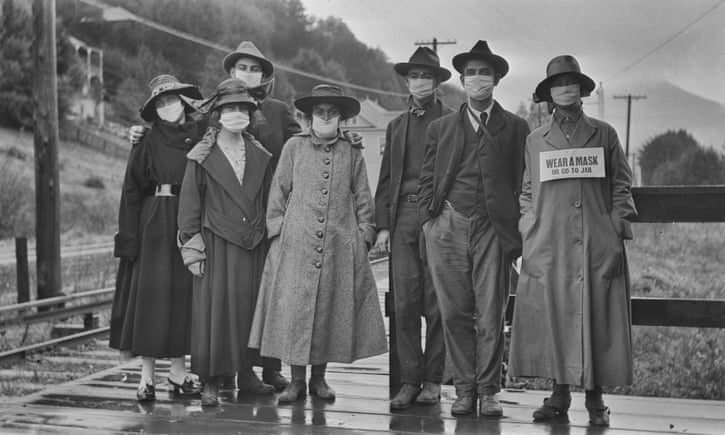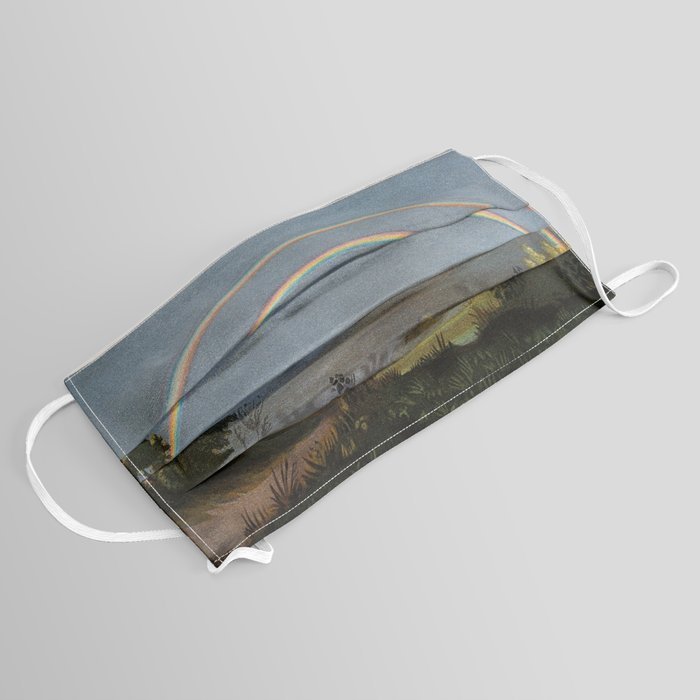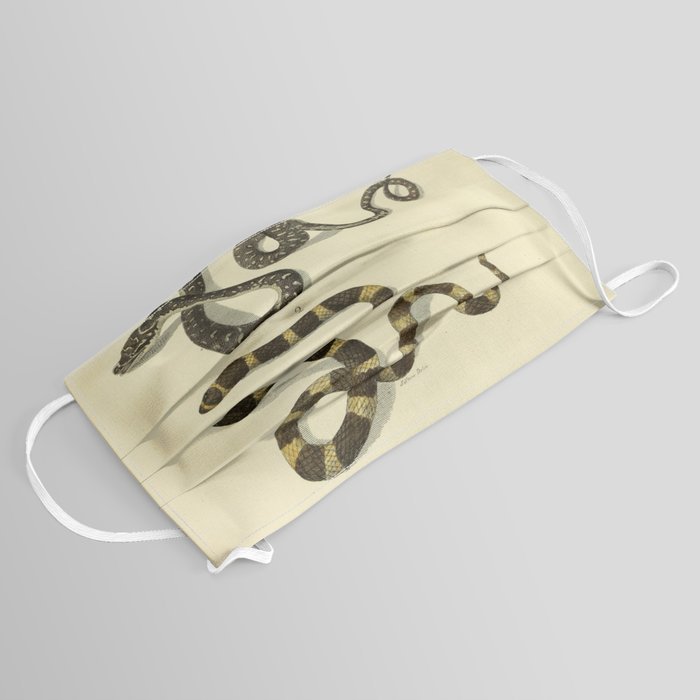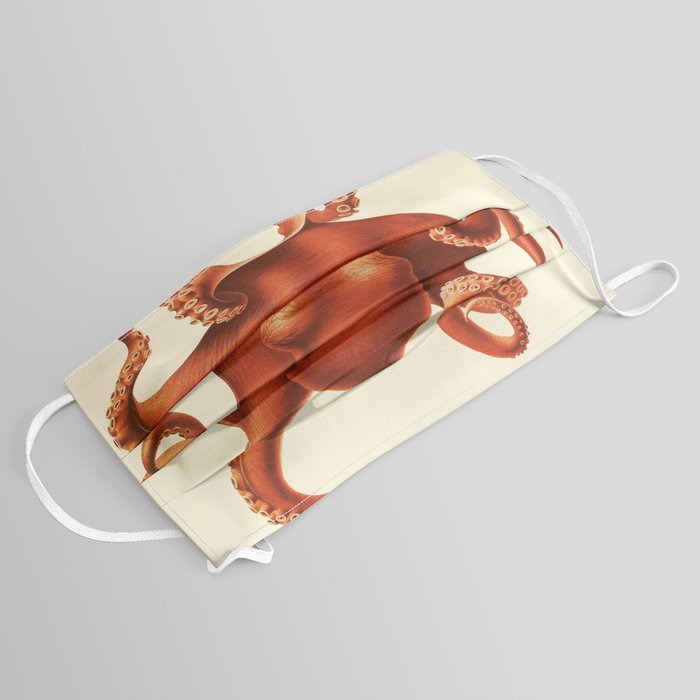As I write this, the smoke from the numerous forest fires across California are making the air quality terrible, so we are being told to stay inside. However, the heatwave is making it insufferable to *be* inside. And we also have to be wary of COVID-19 and wear a mask. You could say this is a slightly stressful situation. And a lot of us are dealing with even more than that–job stability, rent, and on and on. Just typing this made me anxious!
During this time we should try not to neglect our mental health. Fortunately Coursera offers free online courses about Mental Health and Well-Being.
The Coursera video above comes from a Facebook live event that features Yale University’s Laurie Santos, who teaches Coursera’s Science of Well-Being course. This 30 minute Q&A dives right in to our current situation, with Santos outlining a protocol for mental health that should be as much a part of your regimen as wearing a mask and washing your hands with soap (while singing Happy Birthday to yourself, don’t forget.)
Here’s a top ten of Coursera’s most popular health & well-being courses to check out:
- Mind Control: Managing Your Mental Health During COVID-19 from University of Toronto
- The Science of Well-Being from Yale University
- Finding Purpose and Meaning In Life: Living for What Matters Most from University of Michigan
- Stanford Introduction to Food and Health from Stanford University
- A Life of Happiness and Fulfillment from Indian School of Business
- Positive Psychiatry and Mental Health from The University of Sydney
- Hacking Exercise For Health. The surprising new science of fitness. from McMaster University
- Introduction to Self-Determination Theory: An approach to motivation, development and wellness from University of Rochester
- Biohacking Your Brain’s Health from Emory University
- Managing Your Health: The Role of Physical Therapy and Exercise from University of Toronto
Santos answers questions from viewers, covering topics like avoiding tension and arguments with our loved ones, staying informed on the world without creating more anxiety, how can frontline/healthcare workers combat anxiety, how to keep yourself positive when living alone without family or friends, how to keep productive and healthy at work with the threat of layoffs, how to look for a new job after being laid off because of COVID, how to help your child who is missing their school friends, how do we create good experiences to create good memories, what we can do about sleep problems, how to care for family members with COVID while also working a job, and how to show random acts of kindness during this time (which is what Santos covers often in her Happiness Lab podcast).
Overall, focus on self-compassion, Santos says, which has to be the starting point for all of this. When you enroll in these courses, Coursera gives you two options. You can enroll as a paid student and get a certificate at the end. Or choose to “audit” the course (as shown here) and the course is free. Just like in college! All the learning, none of the blue book essays!
Related Content:
Free Online Psychology & Neuroscience Courses
1,500 Free Online Courses from Top Universities
Free Courses on the Coronavirus: What You Need to Know About the Emerging Pandemic
Ted Mills is a freelance writer on the arts who currently hosts the Notes from the Shed podcast and is the producer of KCRW’s Curious Coast. You can also follow him on Twitter at @tedmills, and/or watch his films here.









